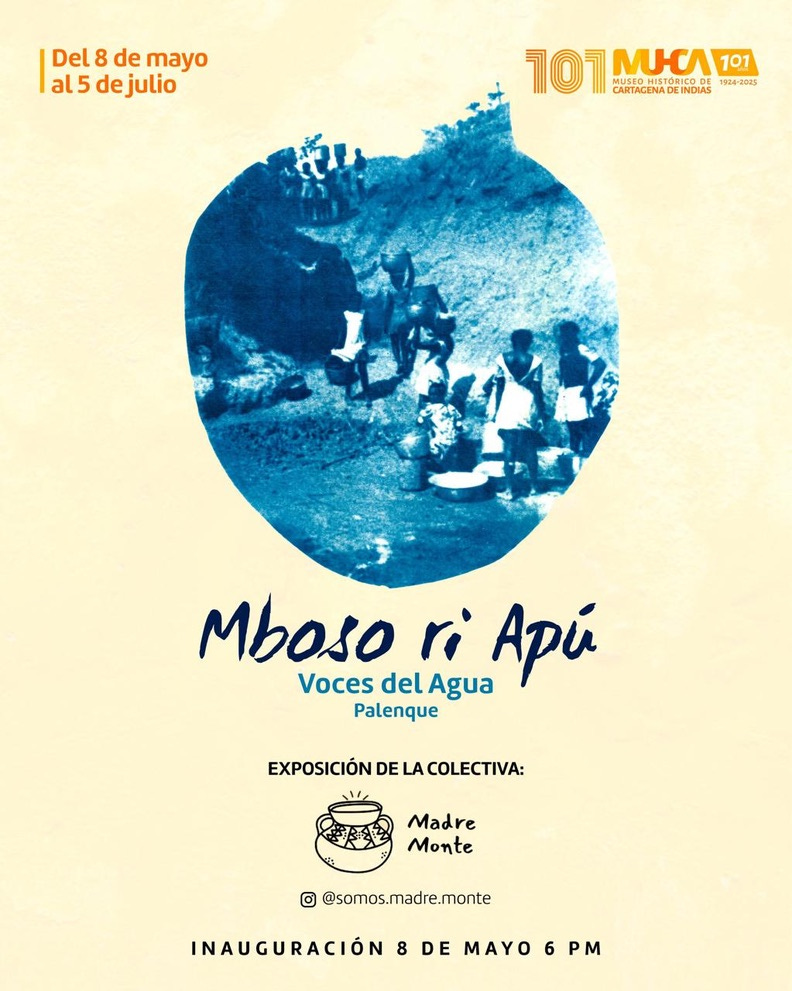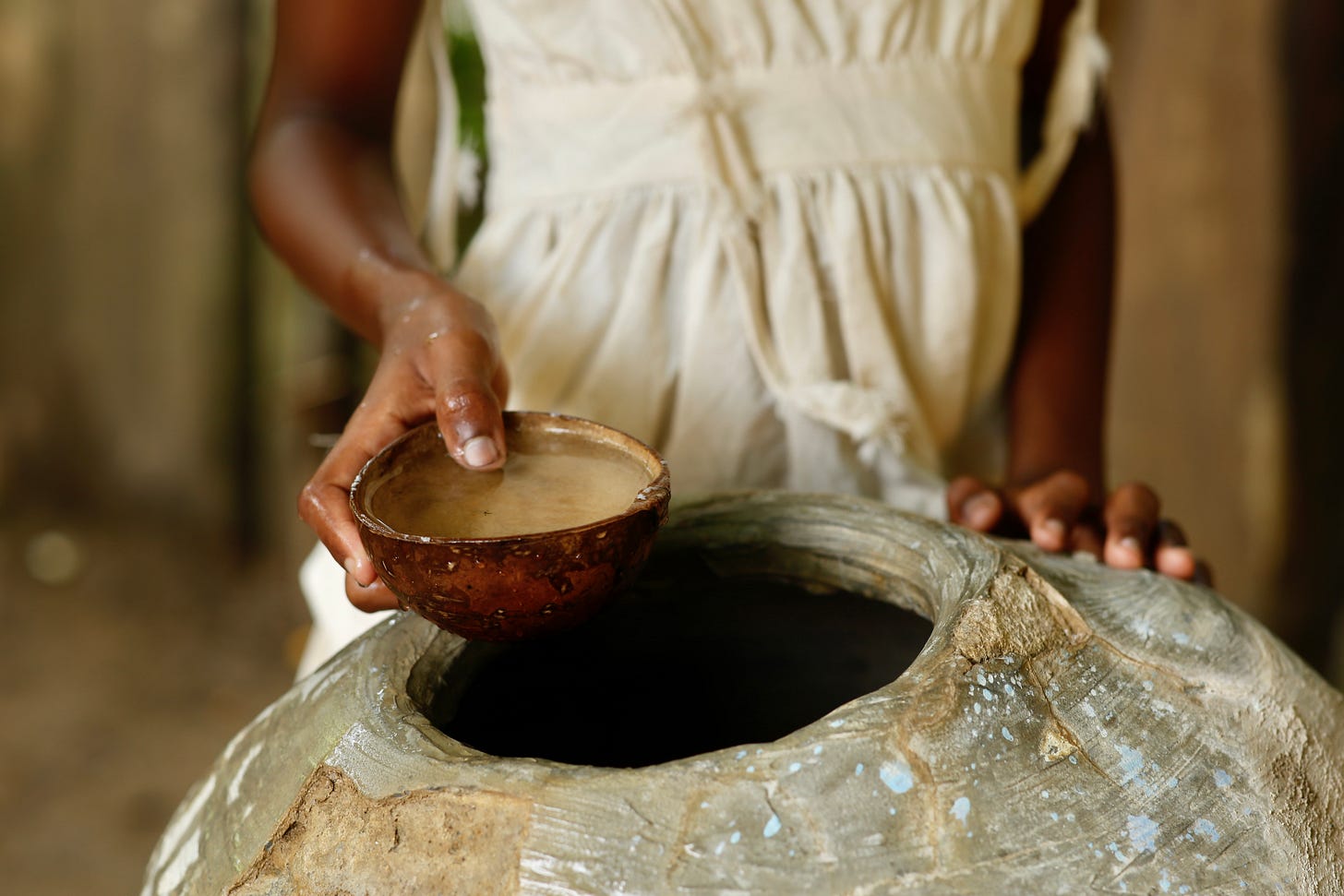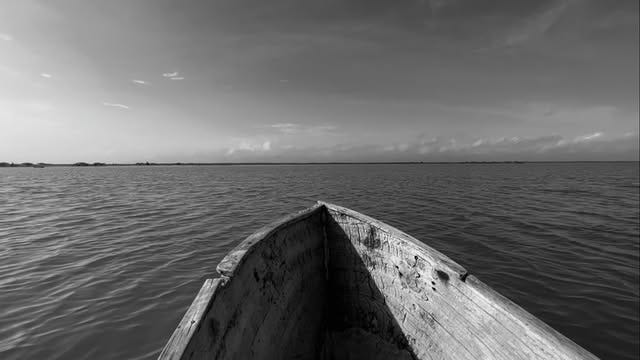If photographer Richard Cross were still alive, he would have been quite pleased with his work in Colombia and Guatemala. The Colombian art collective Madre Monte’s initial exhibition project, Mboso ri Apú (The Voices of Water), using photographs by Richard Cross, has new original art photographs by the collective for an expanded exhibition (May 8-July 5) at the Historical Museum of Cartagena de Indias (Muhca). Mar Ajé writes about the larger themes of the new exhibition. Last month, we met with Mexican American photographer James Rodríguez, whose book on the Guatemalan Mayan community of Santo Domingo Kesté in Campeche, Mexico, provides a contemporary visual record that converse with the documentary work that photographer Richard Cross did 40 years ago in the same communities when they escaped genocide to Chiapas, Mexico. Madre Tierra (Mother Earth) is the title of a forthcoming book featuring profiles of Latinx leaders working in different environmental justice organizations, primarily but not exclusively in Los Angeles. The book cover, designed by an Art student from IntersectLA, uses Richard Cross’s photograph in Palenque de San Basilio, Colombia.
Mboso ri Apú | The Voices of Water
By Mar Ajé
Mboso ri Apú navigates springs of water, veins of the earth, and pools filled with mysteries, revealing in flashes of memory that ancient tree with strong roots that is Palenque's ancestry.
We navigate the past in a spiral and from the feminine vortex to give new meaning to the present and the future. We inhabit the knowledgeable women, deep and resonant like clay jars, to be girls and eternalize small moments, to be ourselves, wanting to remember the timeless language of the land.
In a place like the Cartagena Historical Museum, remembering can bring back memories of pain, but also of courage. As one of the three sites of the Spanish Inquisition in Latin America, in Cartagena, conflicts that left deep scars on Afro-diasporic memories were cooked up, hidden under the cloak of the cross. The connection between Palenque and Cartagena has always been alive, and bringing this exhibition to this space today is a tribute to all these women who have suffered violence because of their ancestral knowledge, whose voices still whisper justice within the walls.
This exhibition contributes to the fabric of historical vindication, to which various individuals and groups who came before us have contributed.
(A video of Madre Monte’s work with Richard Cross’s photographs here.)
Kesté: Refuge and Rebirth
By José Luis Benavides
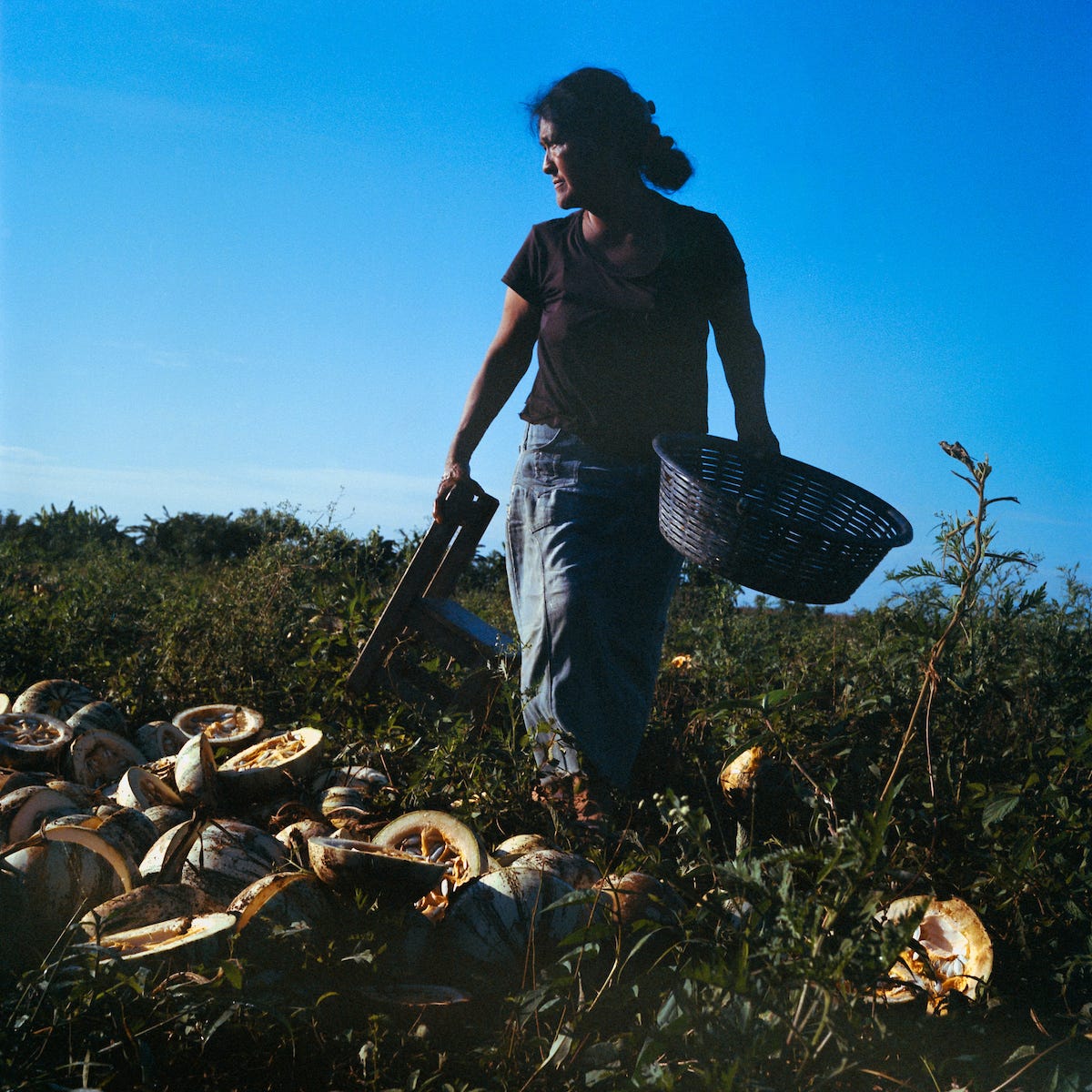
Mexican American photographer James Rodríguez visited our campus last month to conduct two visual social justice storytelling workshops. Rodríguez has lived in Guatemala for more than two decades, and has documented the post-war reality of Mayan communities whose natural resources have been systematically extracted in what anthropologist Giovanni Batz calls The Fourth Invasion. (You can listen to our interview with Batz below.) Rodríguez’s two-decade effort resulted in a monumental book with 171 photographs titled Tierra de Árboles (Land of Trees), published by Raya Editorial in Colombia.
Late last year, Rodríguez published a second book about a Mayan community in Mexico titled Kesté: refugio y renacimiento (Kesté: Refuge and Rebirth), a product of a three-year photographic work in Santo Domingo Kesté, Campeche, Mexico, documenting how these survivors of the military genocide and former refugees have formed a community in a new country and maintained direct ties to their native land, particularly the Ixcán region.
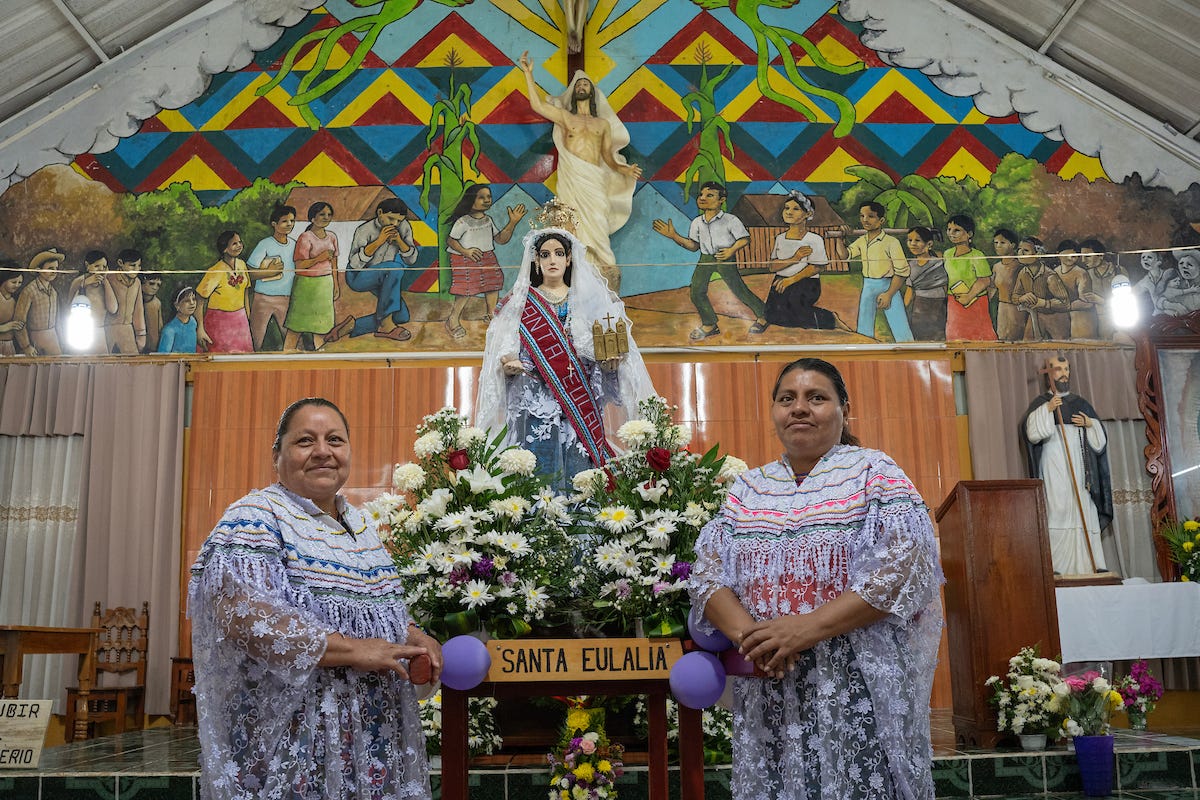
During Rodríguez’s visit, we had a chance to introduce him to Richard Cross’s photographic work in Guatemala and Chiapas forty years ago (1983-1984) documenting Mayan communities in Guatemala and the 46,000 Mayan refugees in Mexico who escaped and established several refuge camps at the border, in the Mexican state of Chiapas.
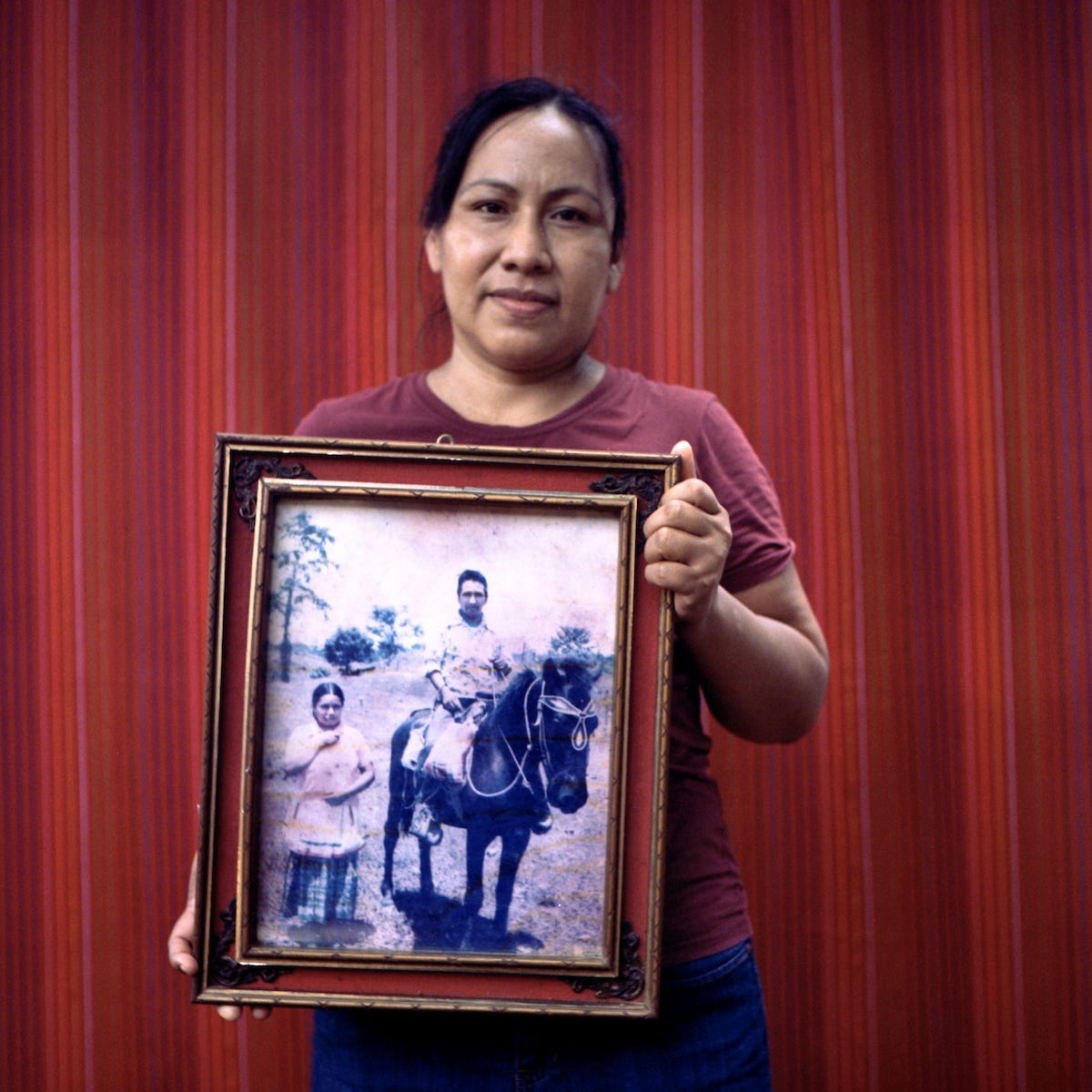
Later, these refugees photographed by Cross were relocated to the Mexican states of Campeche and Quintana Roo. In Campeche, they established four towns: Questzal Edzna, Maya Tecún, Los Laureles, and Santo Domingo Kesté—the community photographed recently by James Rodríguez. After the 1996 peace accords, some people moved back to Guatemala, but most stayed in the new towns in Mexico. You can browse Richard Cross's photos of the Mayan refugees in Chiapas, Mexico, 1982-1983.

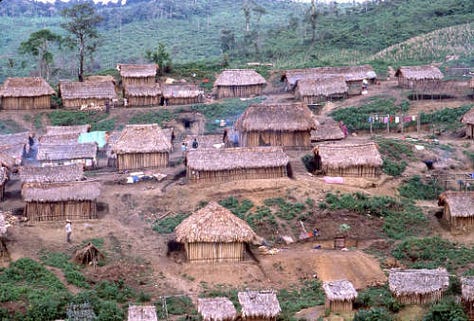
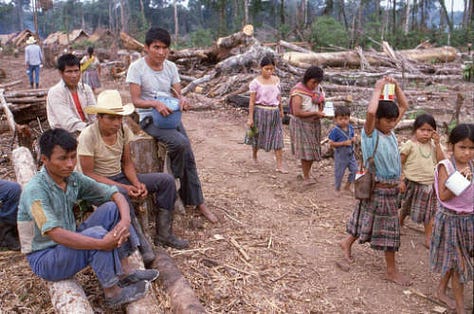
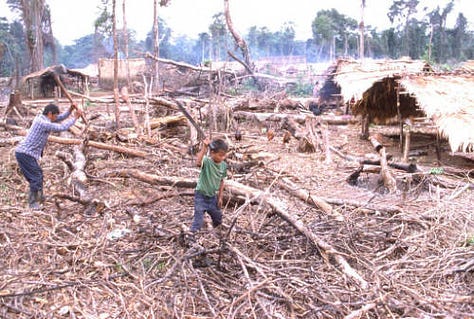
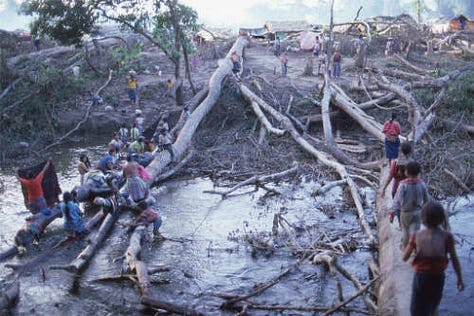
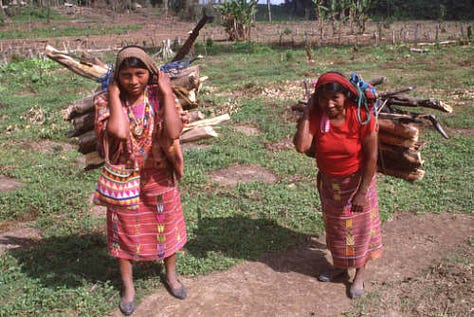
Madre Tierra: Environmental Justice Leaders
By José Luis Benavides

Two years ago, students in my Spanish-language journalism class reported and published the podcast series Madre Tierra featuring profiles of Latinx leaders working in different environmental justice organizations, primarily but not exclusively in Los Angeles. We partnered with Professor George Sánchez’s course on environmental justice at our Chicana/o Studies Department. This year, Melody Soto, El Nuevo Sol’s editor for that project, worked with IntersectLA Art Professor Shally Juárez and two talented art students, Georgina Vallejo Vázquez and Lucian Montaño, to publish this project in a book format (available in a PDF file in case you can’t get a hard copy or don’t live in the Los Angeles metro region).
Two photo essays by student Sonia Gurrola, photo editor of El Nuevo Sol that semester, are printed in the book. Sonia was a finalist competing with professional photographers of community media outlets at the 2023 Ethnic Media Services award ceremony for her photo essay on a hiking trip to Malibu Creek State Park organized by Nature for All. You can watch Sonia speak about her experience and see some of her images in this video and at El Nuevo Sol.





